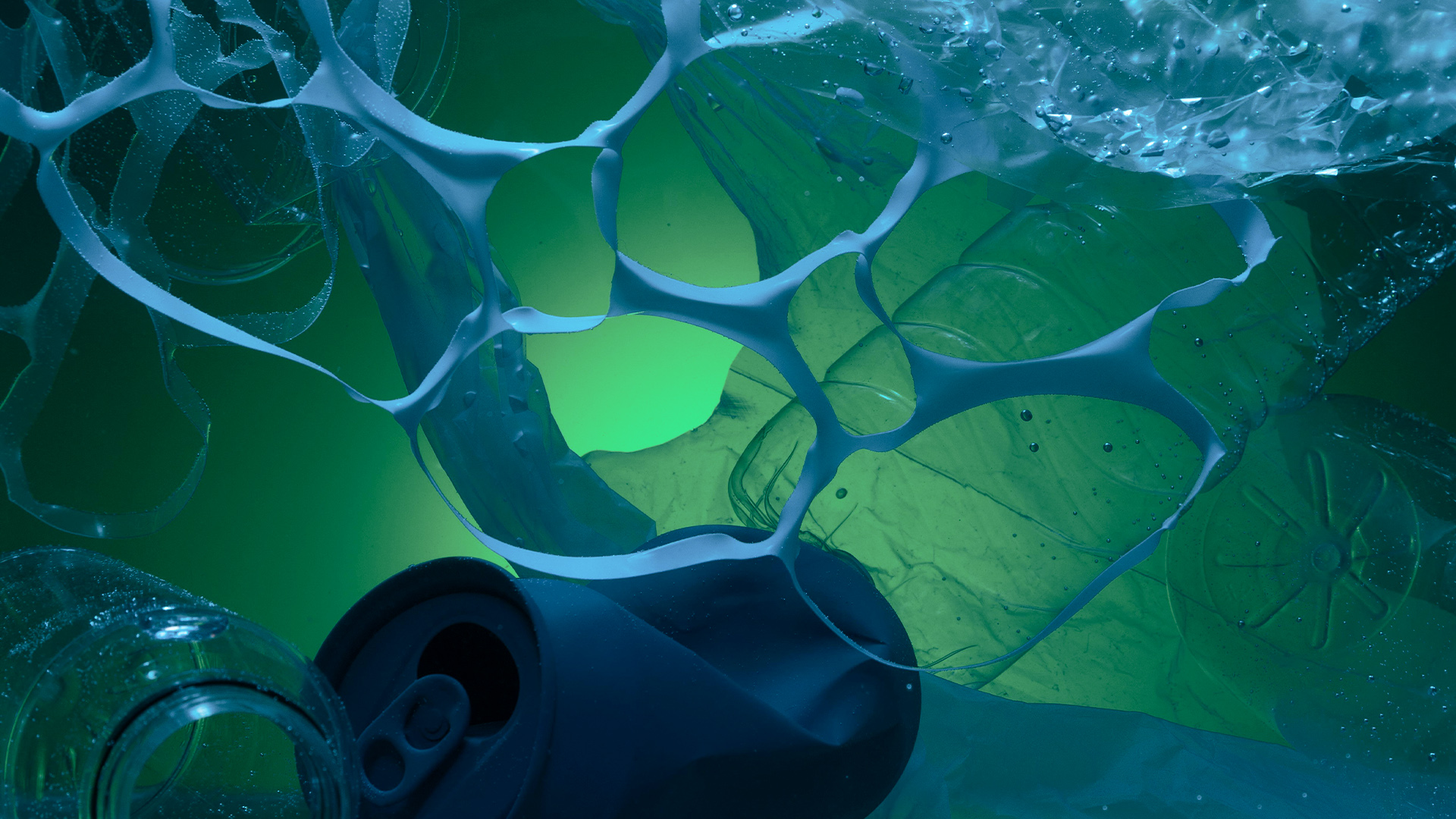Plastic microfibers are thread-like fibers that can come from natural and synthetic fabrics, but they are particularly associated with synthetic materials like polyester and nylon. These fibers can be shed from clothes during washing, and they can end up in the environment and even our food and water.
Research has shown that microfibers negatively impact wildlife, particularly when ingested. Microfibers have been found in the digestive tracts of many different marine and freshwater animals, including fish, shellfish, and even plankton. Microfibers can also accumulate in the environment, such as in riverbeds and beaches, where they can persist for long periods of time.
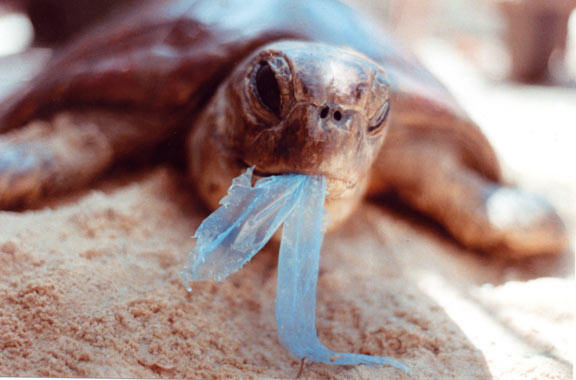
There are various ongoing efforts to address the issue of plastic microfibers, including research into the sources and impacts of these fibers, as well as efforts to develop new materials and technologies that can reduce or prevent microfibers shedding. Some consumers are also taking steps to reduce their contribution to the problem, such as using washing bags that capture microfibers or choosing natural fibers like cotton and wool instead of synthetics.
Scientists have deduced that yearly over 8 million tons of plastic enter our oceans.
What are clothes made of?
Plastic-based materials:
- Polyester
- Rayon
- Nylon
- Acrylic
Synthetic clothing sheds tiny plastic fragments known as microfibers, the most common type of microplastic in the environment.
Where are Microfibers found?
- Land and Aquatic Ecosystems
- Shorelines
- Seafloor
- US National Parks
- Alps
- Arctic
Microfibers are extremely difficult to remove from the environment once embedded. As a result, preventing this type of pollution from entering the environment in the first place is critical. According to a 2019 study by Ocean Wise, the average household in the United States and Canada sends 533 million microfibers to wastewater treatment plants each year.
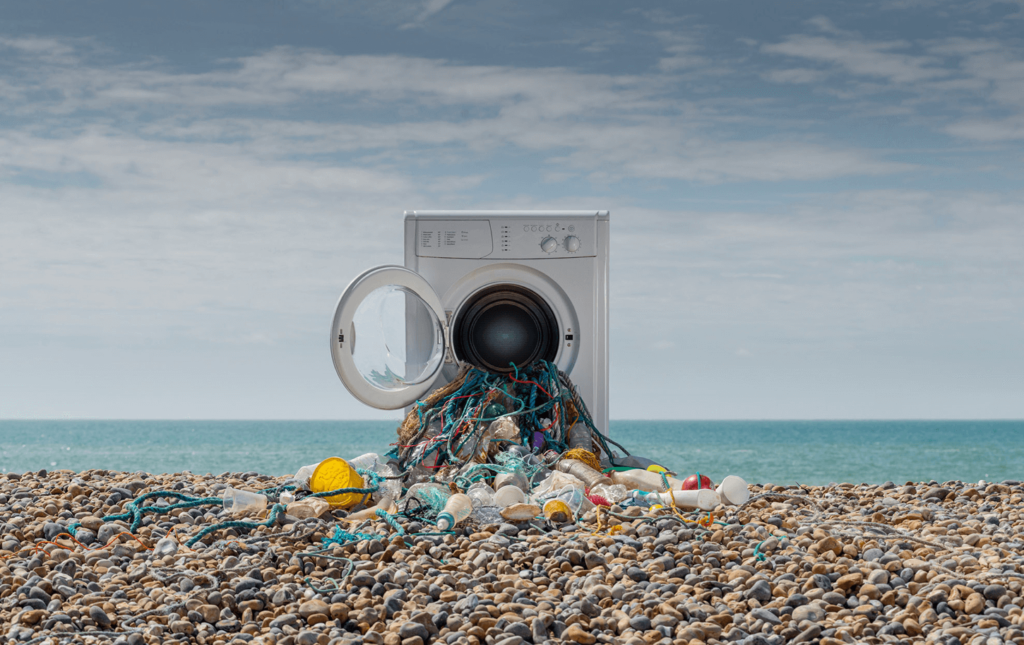
Microfibers can be harmful to aquatic organisms that consume them. Toxic chemicals added to textiles during manufacturing can also be found in microfibers. Microplastics are pieces of plastic that break apart into smaller and smaller fragments, such as car tires and synthetic fibers.
Pollution through Washing & Wearing
According to a report by the International Union for Conservation of Nature, Plastic particles from products such as synthetic clothes contribute to 35% of the primary microplastics polluting oceans. Secondary microplastics are the breakdown of larger plastic fragments into smaller ones. It is estimated that an average of 9 million plastic microfibers can be released from a single load of laundry passing through wastewater treatment plants and ending up in the ocean.
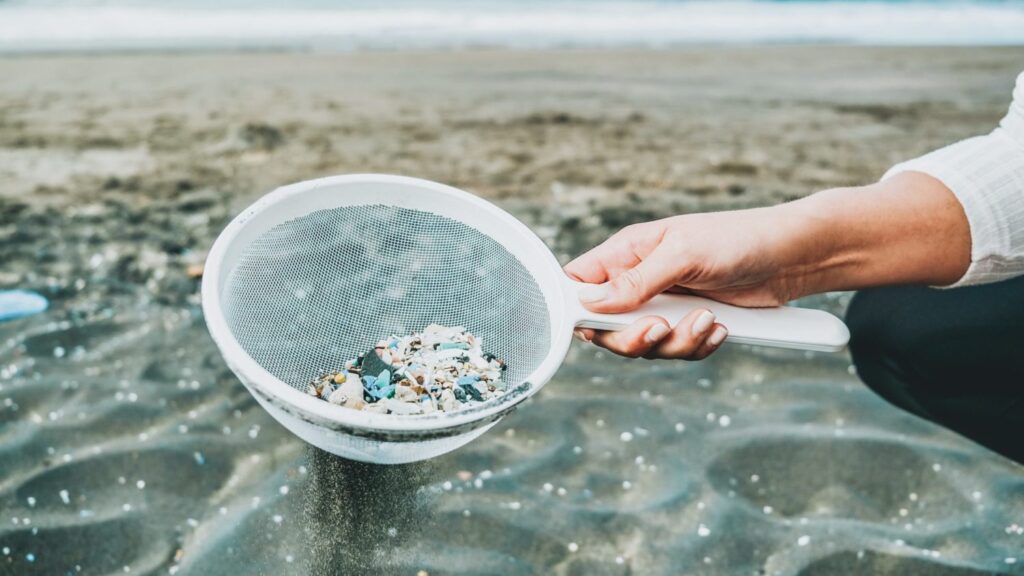
Once in the ocean, negative impacts of microfibers ingested by marine organisms include reduced feeding ability, impaired reproduction, and even death. Additionally, microfibers can act as carriers for other harmful chemicals and pollutants, which can be absorbed by marine organisms and ultimately make their way up the food chain to humans.
Given the widespread use of synthetic fabrics and the persistence of microfibers in the environment, it is important to continue researching and developing solutions to address this issue, including improving wastewater treatment processes, introducing new materials that shed fewer microfibers, and promoting consumer awareness and behavior change.
According to recent research, plastic fibers are even falling from the sky. Health consequences include reproductive issues, cancer, and DNA damage. Microplastic particles may cause similar health problems if inhaled in sufficient quantities. Studies have found that people who work with plastic-based textiles are more likely to develop respiratory problems. The Plastic Health Coalition 2018 brought together a group of organizations working on more research, prevention, and solutions.
Solving Microfiber Pollution
Suggestions to reduce and possibly eliminate microfiber pollution for consumers include the following:
- Avoiding synthetic Fibers
- Wash with cold water and fewer cycles
- Invest in a front-loading machine
- Fill up to the allowed maximum
- Wash clothes less often
- Using liquid detergent instead of powder
- Installing a microfiber filter
- Keeping fabrics out of landfills
- Avoid buying fast-fashion clothing
Some types of external microfiber filters are available on the market, which consumers can attach to their washing machines to capture microfibers during the wash cycle. These filters can help reduce the number of microfibers released into wastewater and ultimately end up in the ocean.
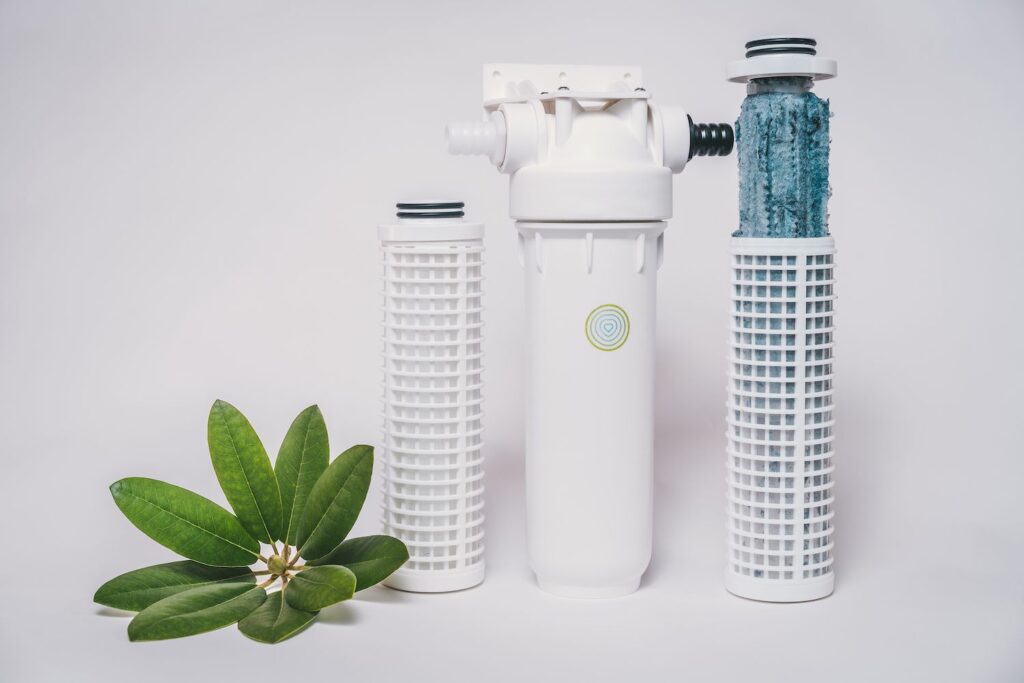
A 2018 study by the University of Toronto and the Ocean Conservancy found that one type of washing machine filter captured up to 87% of the microfibers shed by fleece blankets during the wash cycle. This suggests that these filters can be an effective tool for reducing microfiber pollution from washing machines.
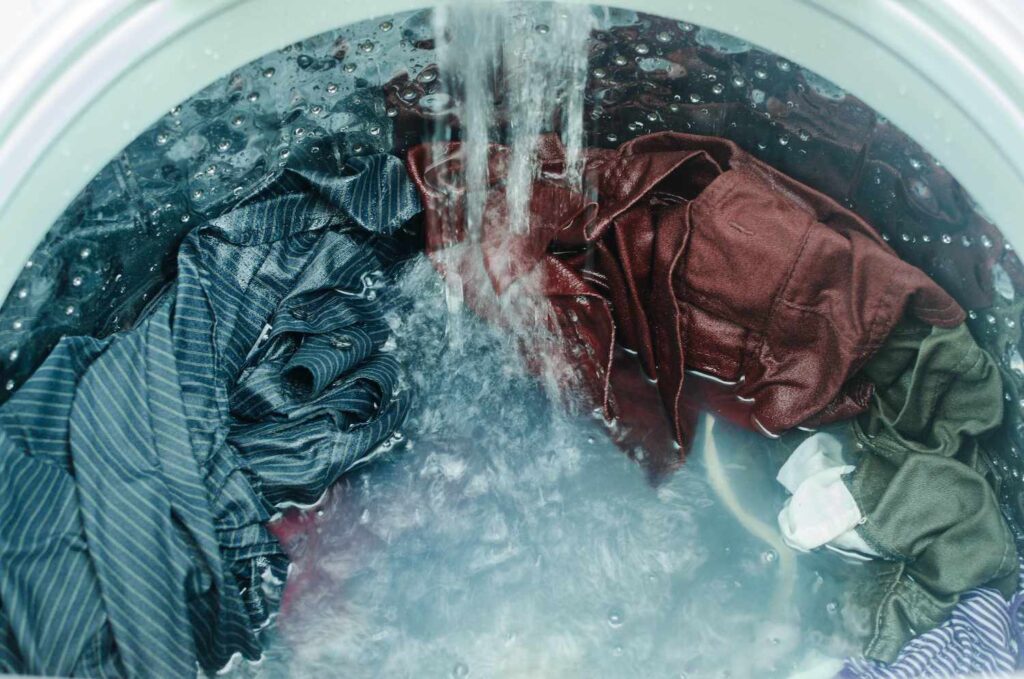
However, it’s important to note that external filters are just one part of the solution to the problem of microfiber pollution.
It’s also important to consider other approaches:
- Using natural fibers
- Choosing clothes made from materials that shed fewer microfibers
- Improving wastewater treatment processes
- Promoting consumer awareness and behavior change
France is the first country to implement regulations by passing legislation requiring all new washing machines to have microfiber filters by 2025 to reduce microfiber pollution from laundry. Even though microfibers are a recognized problem, no regulations in the United States address the issue.


